Peke-A-Pap vs. Puli: Breed Differences and Similarities
Hypoallergenic
Are Peke-A-Paps or Pulis hypoallergenic, or neither?
Unfortunately, the Peke-A-Pap is not hypoallergenic, making it not a good choice for a dog lover who suffers from pet allergies.
While no dogs are truly 100% hypoallergenic, Pulis are about as close as it gets, making them an ideal pet if you are an allergy sufferer.
Temperament
What are the personalities of Peke-A-Pap and Puli dogs?
Stubborn
Happy
Energetic
Alert
Intelligent
Friendly
Affectionate
Aggressive
Good-natured
Opinionated
Agile
Faithful
Loyal
Energetic
Intelligent
Obedient
Smart
Home-Loving
Shedding Level
Do Peke-A-Paps shed more than Pulis, or which breed sheds more, Peke-A-Paps or Pulis?
Peke-A-Paps are low shedding dogs, requiring minimal coat care.
Pulis shed very little hair, making them a great choice for those who dislike excess hair in the house.
Watchdog Ability
Which dog breed makes a better watchdog, the Peke-A-Pap or Puli?
Peke-A-Paps are decent watchdogs - they'll alert their owner if something seems amiss.
Choose a Puli if you want a top-notch watchdog. This breed takes guarding seriously, and may not require much training, though obedience or guard dog training can improve their skills.
Origin
What is the origin of Peke-A-Pap and Puli dog breeds?
United States
Hungary
Ancestry
What are the origins of Peke-A-Pap and Puli breeds?
Papillon, Pekingese
hungarian shepherd dog
Breed recognition
Which kennel clubs recognize/register Peke-A-Pap and Puli?
ACHC = American Canine Hybrid Club
DBR = Designer Breed Registry
DDKC = Designer Dogs Kennel Club
DRA = Dog Registry of America, Inc.
IDCR = International Designer Canine Registry®
American Canine Registry
American Kennel Club
America's Pet Registry
Canadian Kennel Club
Dog Registry of America Inc.
Federation Cynologique Internationale
Kennel Club of Great Britain
North American Purebred Registry, Inc.
American Canine Association, Inc.
Australian National Kennel Council
Continental Kennel Club
National Kennel Club
New Zealand Kennel Club
United Kennel Club
Date of Birth
When were Peke-A-Pap and Puli breeds first developed?
Unknown
middle ages
Eye Color Possibilites
What are the eye colors of Peke-A-Pap and Puli dogs?
Brown
Brown
Nose Color Possibilites
What are the natural nose colors of Peke-A-Pap and Puli?
Black
Black
Coat Color Possibilites
What are the natural colors of the coat for Peke-A-Pap and Puli breeds?
Brown
Black
White
Black
Gray
White
Coat Length
What is the typical coat length for Peke-A-Pap and Puli breeds?
The coat of Peke-A-Pap and Puli dogs is generally known for its length.
Coat Density
What is the density of the coat of Peke-A-Pap and Puli?
Coat Texture
What is the hair texture of Peke-A-Pap and Puli?
Straight
Corded
Litter Size
What is the usual litter size for Peke-A-Pap and Puli?
A Peke-A-Pap can have a litter of 2-4 puppies on average. However, it's worth noting that the size of the litters can vary greatly. Factors that can influence litter size include the health of the mother, breeding history, and genetics.
A Puli can have a litter of 12-16 puppies on average. However, it's worth noting that the size of the litters can vary greatly. Factors that can influence litter size include the health of the mother, breeding history, and genetics.
Adaptability
Peke-A-Paps are highly adaptable and versatile, making them excellent companions for families and individuals of all lifestyles.
Pulis are known for their adaptability and can adjust well to different environments and lifestyle changes.
Health Issues
Between Peke-A-Pap and Puli, which breed is more prone to health problems?
Peke-A-Paps typically have low vet costs due to their good health, but it's important to monitor their health and seek vet care when necessary.
While the Puli breed is generally healthy, occasional vet check-ups are still necessary to address any health concerns.
Major Concerns
What are the major health concerns for Peke-A-Pap and Puli breeds?
Patellar Luxation
Entropion
Deafness
Hip Dysplasia
Skin Fold Dermatitis
Mitral Valve Disease
Brachycephalic Syndrome
Exposure Keratopathy Syndrome
Progressive Retinal Atrophy
Hip Dysplasia
Minor Concerns
What minor health issues should be kept in mind when owning Peke-A-Pap and Puli?
KCS
Progressive Retinal Atrophy
Cataracts
Von Willebrand's Disease
Cataracts
Occasional Tests
What occasional tests are recommended for Peke-A-Pap and Puli breeds?
Knee
Heart
Dna For Vwd
Hips
X-Rays
Physical Examination
Allergy Tests
Respiratory Tests
Eye examination
Eye
Hip
X-Rays
Eye Examination
Energy
How do the energy levels of Peke-A-Paps and Pulis compare?
Peke-A-Paps are suitable for those with a balanced lifestyle as they have an average energy level.
Pulis thrive on an active lifestyle due to their high-energy nature.
Social Needs
Peke-A-Pap vs Puli social needs comparison
Peke-A-Pap has above average social needs and thrives with interaction with humans and other dogs.
Puli has average social needs and is less independent than other breeds.
Exercise Needed
Peke-A-Pap vs Puli exercise need comparison.
Peke-A-Paps need only a small amount of physical activity, ideal for busy or elderly people or those with limited space.
Pulis require significant physical activity and suit those with an active lifestyle.
Sleeping Need
Which of the two sleeps the most/least: Peke-A-Pap or Puli?
Peke-A-Paps have moderate energy levels and typical sleep patterns of 12-14 hours per day.
Pulis are active and require sufficient sleep to stay healthy.
Tendency to Bark
Do Peke-A-Paps or Pulis bark more/less frequently?
Peke-A-Paps bark moderately when necessary and may also bark due to certain triggers like fear, alarm, boredom, greeting, separation anxiety and compulsive barking.
The Puli is a vocal breed that frequently barks and howls, and may not be suitable for those seeking a quiet companion.
Mouthiness
Mouthiness Comparison: Peke-A-Pap vs Puli?
Roaming urge
Peke-A-Pap vs Labrador: Running away tendency?
Prey Drive
Peke-A-Pap or Puli - which breed has a higher level of prey drive?
Activity Level
Which breed has higher energy, Peke-A-Paps or Pulis?
Both Peke-A-Pap and Puli are medium-energy dogs that enjoy socializing and playing with other dogs. They may engage in casual or sustained games of chase, and occasionally have bursts of barking or racing around the house.
Tolerance of being left alone
Walks per Week
How many miles should Peke-A-Pap or Puli walk each week?
Peke-A-Pap and Puli generally need a minimum of 8 miles of walking per week, but it can be increased as long as they are comfortable with it.
Activity per Day
Do Peke-A-Paps or Pulis require more exercise?
In general most Peke-A-Paps usually need at least 25 minutes of exercise daily. This can be spread across the day and include all sorts of high-energy activities, like walking, running and playing.
In general most Pulis usually need at least 60 minutes of exercise daily. This can be spread across the day and include all sorts of high-energy activities, like walking, running and playing.
Grooming
Which breed is easier to maintain in terms of grooming, Peke-A-Paps or Pulis?
Peke-A-Paps require significant grooming, including regular trims and professional grooming assistance to maintain their coat. They may also require frequent bathing to keep their coat and skin healthy.
Pulis have high grooming needs, requiring regular trims and professional grooming assistance to keep their coat healthy.
Brushing Frequency
What is the recommended brushing frequency for Peke-A-Pap and Puli dogs?
Peke-A-Pap should be brushed at least once a week. Of course you can give them more frequent brushes if you find that they are still shedding a lot
In general Puli should be brushed at least once a month. Of course you can give them more frequent brushes, especially if they enjoyed it
Brushing Tools
What brushing tools are used for Peke-A-Paps and Pulis?
Pin Brush
Comb
Clipper
Nail Clipper
Pin Brush
Clipper
Nail Clipper
Cups
How much food should be given to Peke-A-Pap or Puli in cups?
For an average 7-10 pound (3 - 5 kg) Peke-A-Pap feed 1 cups daily. But, keep in mind, the amount you feed is going to be dependent on the quality of the food you are feeding.
For an average 30-35 pound (14 - 16 kg) Puli feed 2 cups daily. But, keep in mind, the amount you feed is going to be dependent on the quality of the food you are feeding.
Daily Cost
Which breed has a higher daily cost, Peke-A-Pap or Puli?
The average cost of a Peke-A-Pap is somewhere $1.10 - $1.40 per day.
The average cost of a Puli is somewhere $2.10 - $2.80 per day.
Monthly Cost
Which breed has a higher monthly cost, Peke-A-Pap or Puli?
The average per month expenses of a Peke-A-Pap is between $28 - $42. This makes an average of $336 - $504 per year. It will be on the higher side when the dog is still small because it will need more frequent visits to the vet, shots.
The average per month expenses of a Puli is between $63 - $84. This makes an average of $756 - $1008 per year. It will be on the higher side when the dog is still small because it will need more frequent visits to the vet, shots.
Intelligence
Comparing Intelligence: Peke-A-Paps vs Pulis
Peke-A-Paps are average in obedience intelligence but have a high IQ and may cause trouble if left unsupervised.
Puli is a very intelligent and trainable breed.
Sensitivity Level
How do Peke-A-Pap and Puli compare in sensitivity?
Peke-A-Paps have average emotions and adapt well to different situations.
This breed is sensitive and requires gentle handling and a calm home environment.
Affection Dependance
Which is the more affectionate dog breed: Peke-A-Pap vs Puli?
Apartment Friendly
Which breed is more apartment-friendly: Peke-A-Pap or Puli?
The Peke-A-Pap is a great apartment dog, thriving with sufficient exercise and time outside as part of their daily routine.
The Puli is not suitable for apartments and requires a large yard to thrive. Pent-up energy in small spaces can lead to destructive behavior.
Child Friendly
Do Peke-A-Paps or Pulis have a friendlier temperament towards children?
Peke-A-Paps have an average level of friendliness towards children.
Pulis are good with kids if socialized and trained from a young age.
Senior-friendly
Which dog is more suitable as a pet for the elderly - Peke-A-Pap or Puli?
Cat Friendly
Do Peke-A-Pap or Puli breeds have a better compatibility with cats?
Peke-A-Paps are very friendly with cats and make great companions for them.
Pulis are average in their friendliness toward cats and tend to do well with them, especially if raised together.
Dog Friendly
Which breed is more sociable with other dogs: Peke-A-Pap or Puli?
{Peke-A-Paps and Pulis are average friendly towards other dogs. If they are raised with other dogs, they are likely to get along with them. And, if they are socialized properly from a young age, they will usually be great with other dogs.
Pet friendly
How do Peke-A-Pap or Puli dogs interact with other pets?
Stranger Friendly
Which breed is more friendly with strangers: Peke-A-Pap or Puli?
Peke-A-Paps are friendly but may bark at strangers, and training is easy due to their intelligence.
Pulis are quick to announce strangers and can be standoffish or suspicious.
Playfulness
Which breed is more playful between Peke-A-Pap and Puli?
Peke-A-Paps have an average level of playfulness, enjoying playtime like most dogs but not excessively so.
Pulis are a playful breed that needs daily playtime to be happy.
Trainability
How do the trainability levels of Peke-A-Paps and Pulis compare?
Peke-A-Pap and Puli dogs are known for their ease of training and ability to learn quickly, making them a popular choice for pet owners and trainers alike.
Compare Peke-A-Pap with other breeds
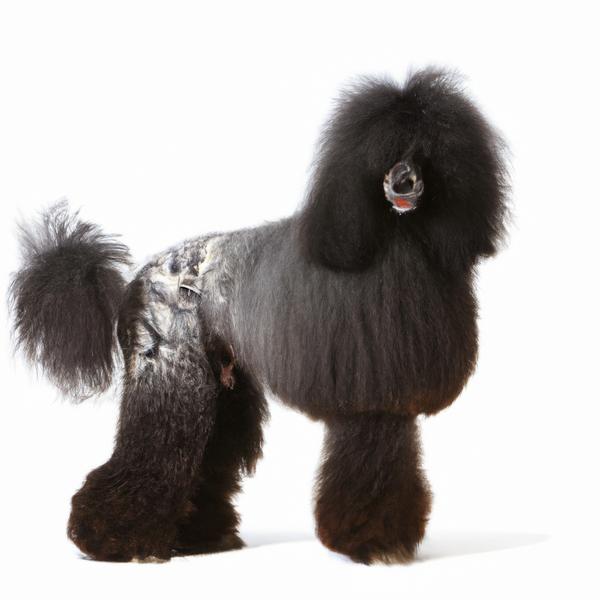
Puli
Peke-A-Pap vs Puli
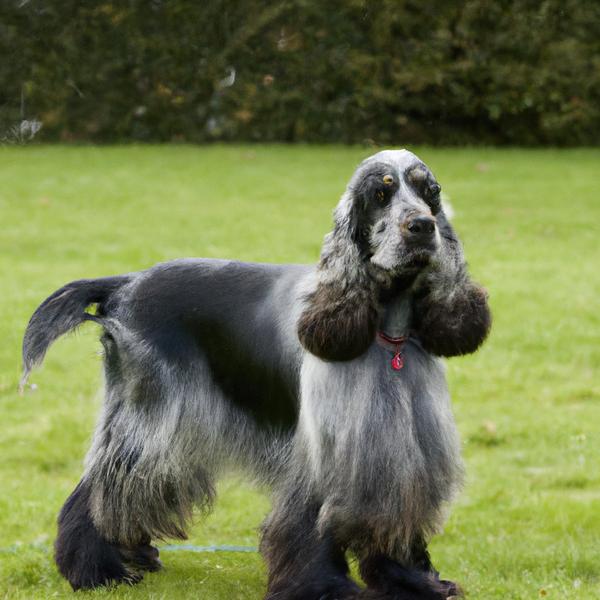
Blue Spaniel
Peke-A-Pap vs Blue Spaniel
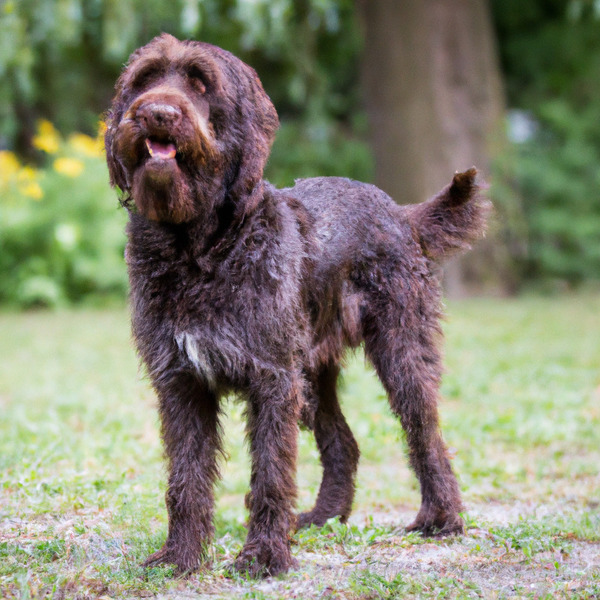
Pudelpointer
Peke-A-Pap vs Pudelpointer

Boxita
Peke-A-Pap vs Boxita
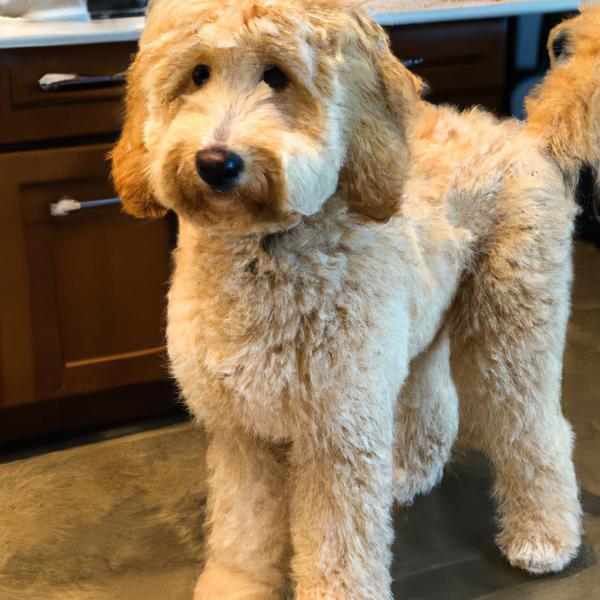
Miniature Goldendoodle
Peke-A-Pap vs Miniature Goldendoodle
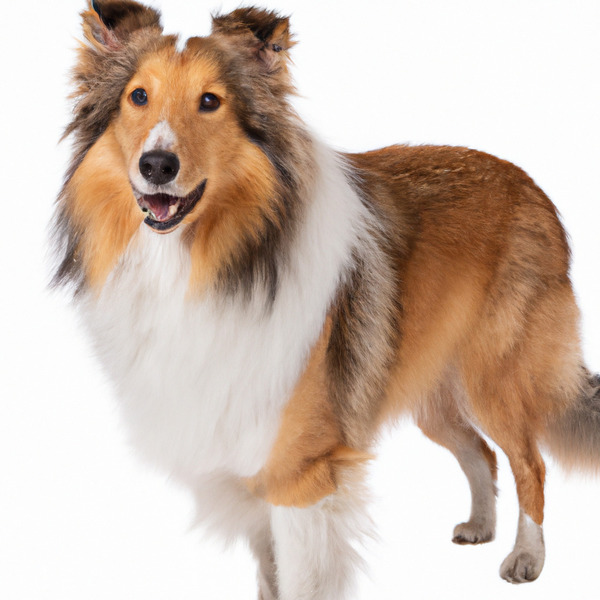
Welsh Sheepdog
Peke-A-Pap vs Welsh Sheepdog
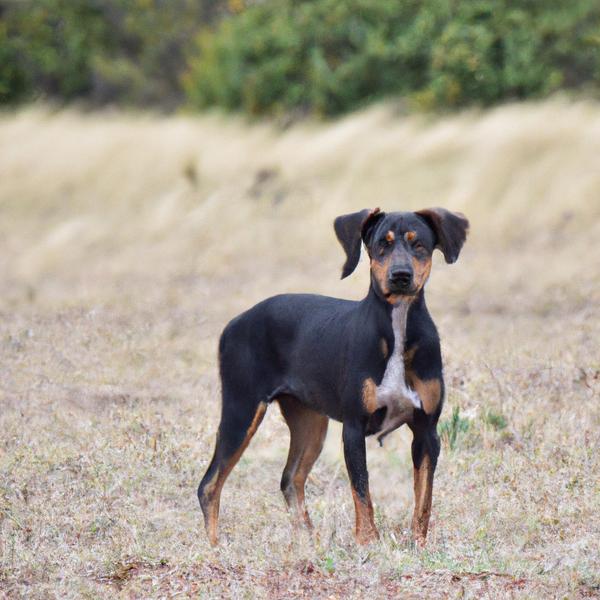
Kimola
Peke-A-Pap vs Kimola
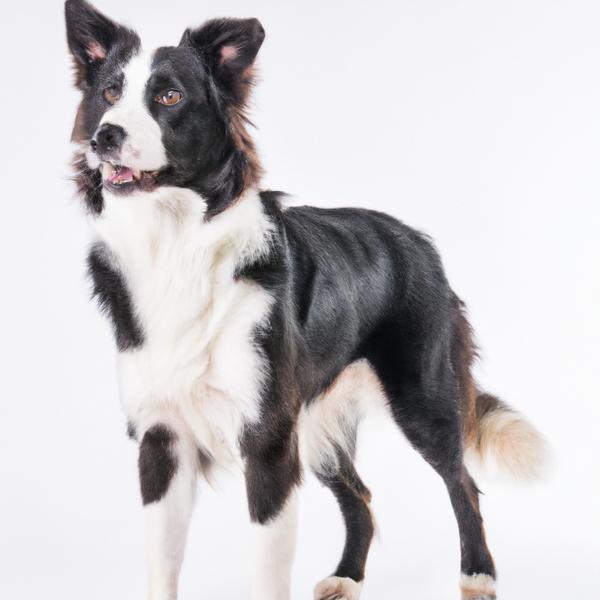
Border Collie
Peke-A-Pap vs Border Collie
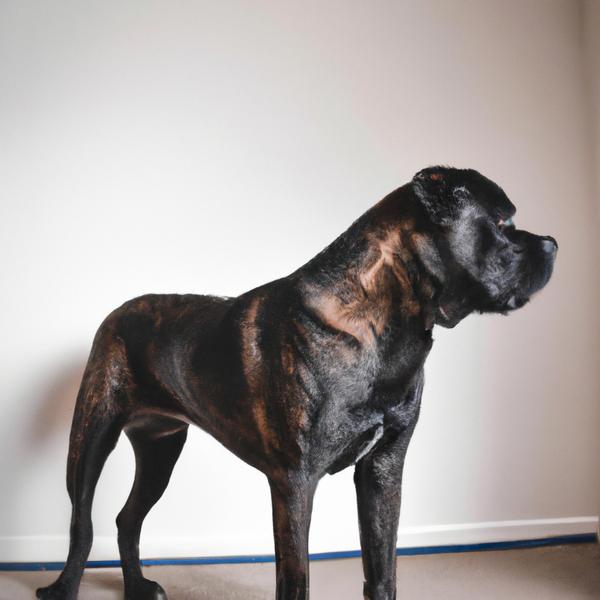
King Cavrin
Peke-A-Pap vs King Cavrin
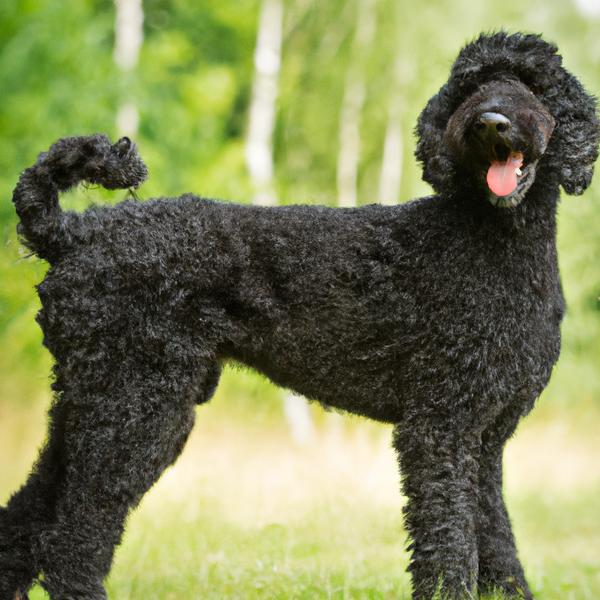
Curly Coated Retriever
Peke-A-Pap vs Curly Coated Retriever

Faux Frenchbo Bulldog
Peke-A-Pap vs Faux Frenchbo Bulldog
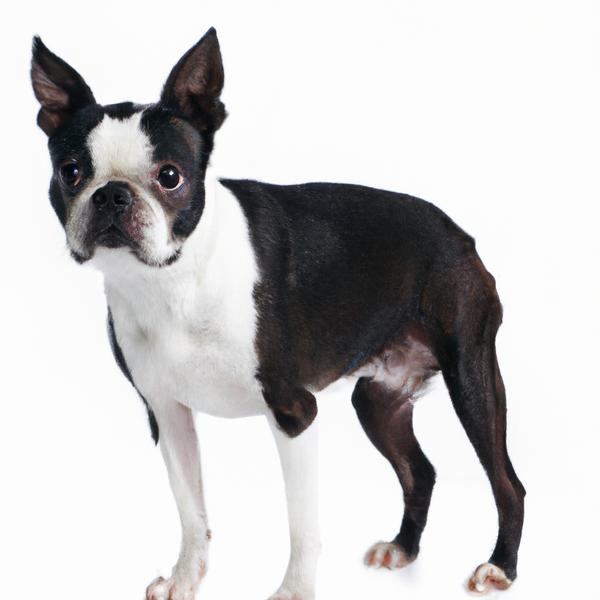
Boston Terrier
Peke-A-Pap vs Boston Terrier
